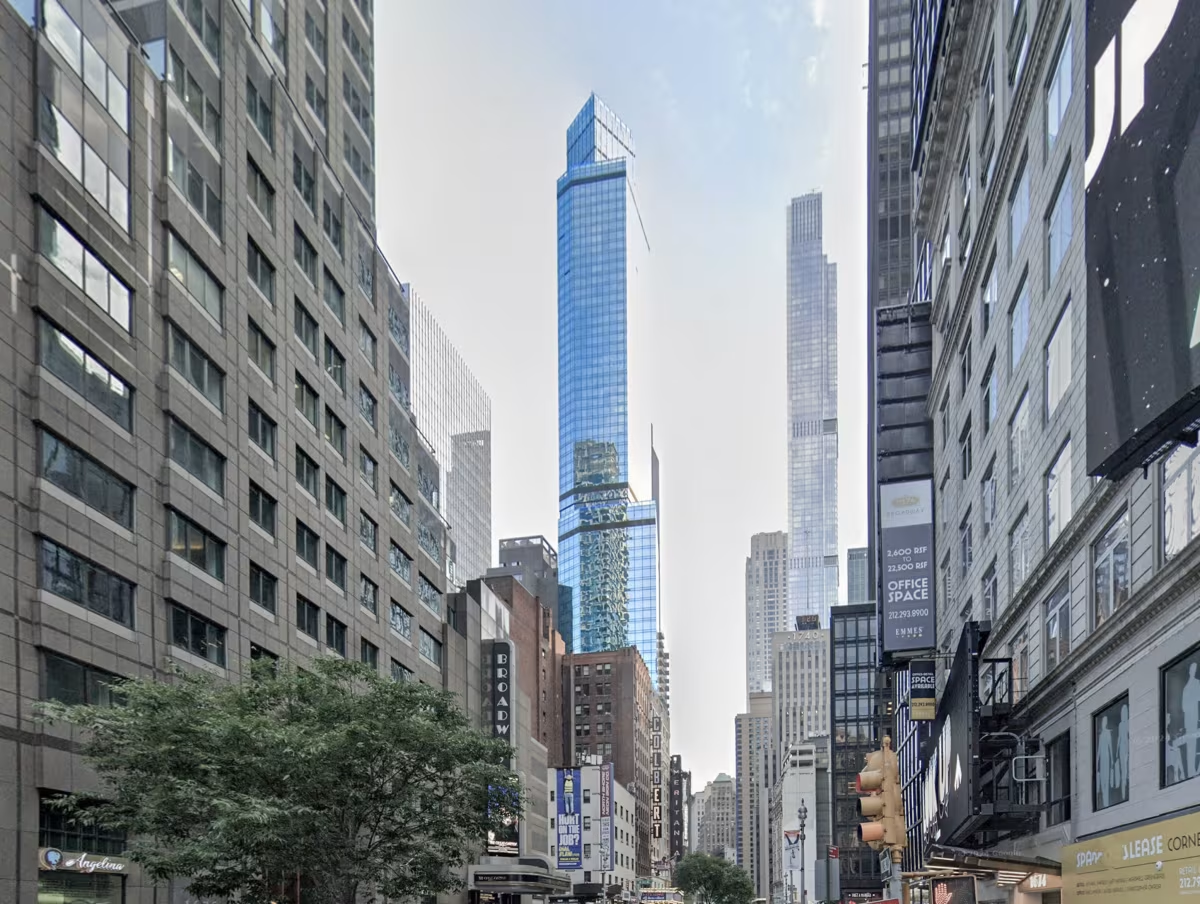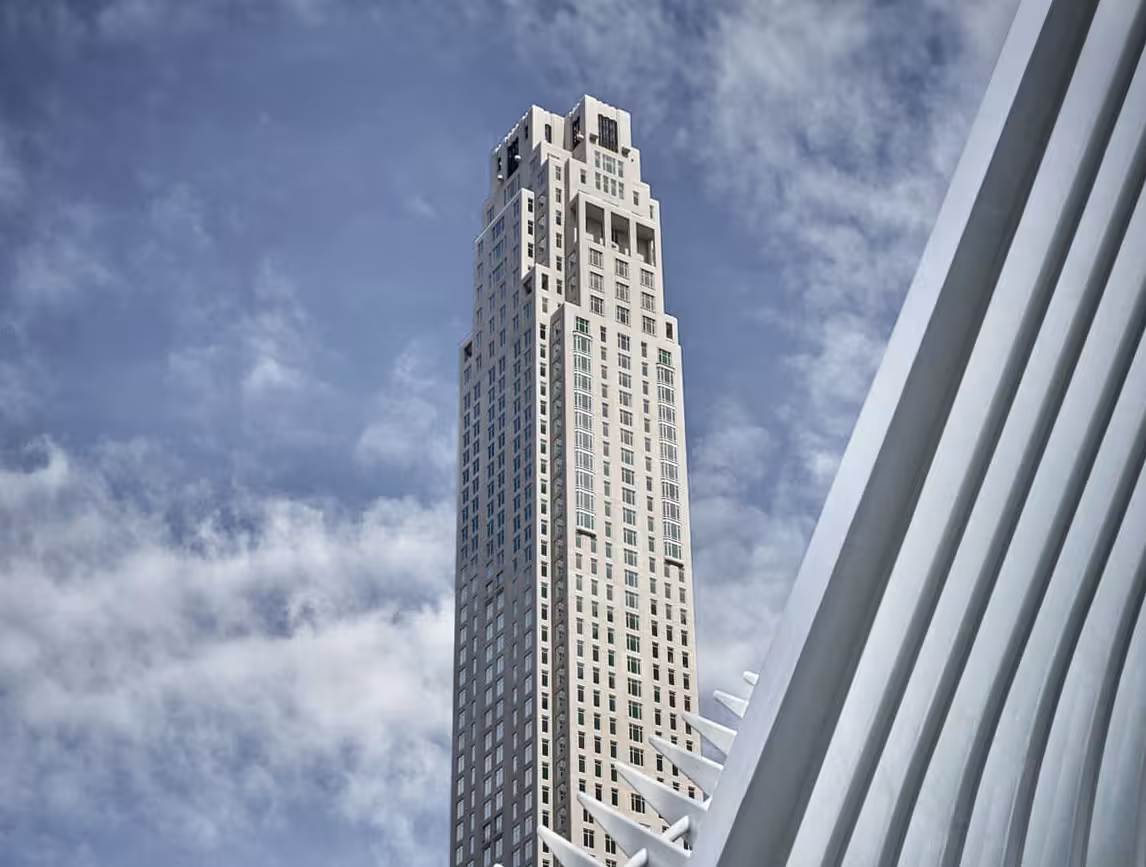1717 Broadway Building vs Four Seasons New York Downtown


Comparing the 1717 Broadway Building and the Four Seasons New York Downtown is interesting because they both stand in New York, NY, and were completed within 3 years of each other, but they were designed by different architects.
This offers a unique glimpse at how rival designers approached projects in the same city during the same era.
Height & Size
The Four Seasons New York Downtown is clearly the larger tower of the two, both in terms of height and number of floors. It rises to 925ft (282m) with 82 floors above ground, while the 1717 Broadway Building reaches 715ft (218m) with 68 floors above ground.
Of course, each project may have faced different briefs or regulatory constraints, which we don't really know about and could also explain the outcome.
Architectural Style
Both the 1717 Broadway Building and the Four Seasons New York Downtown were designed in line with the aesthetic conventions of the Contemporary style.
At the time, this style was at the height of its popularity. So both Nobutaka Ashihara and Robert A.M. Stern Architects followed what was in many ways expected of them, producing designs that fit comfortably within contemporary architectural norms, rather than breaking with convention.
Uses
The Four Seasons New York Downtown follows a mixed-use model, combining residential and hotel. In contrast, the 1717 Broadway Building has remained primarily hotel.
Both towers incorporate hotels as part of their program. The 1717 Broadway Building features a 4-star hotel with 639 rooms, while the Four Seasons New York Downtown includes a 5-star hotel with 189 rooms. For more details, see the official website of the 1717 Broadway Building. You can also visit the official website of the Four Seasons New York Downtown.
The Four Seasons New York Downtown offers 157 residential units.
Structure & Facade
Both towers share the same structural solution, a Frame system.
A frame structure uses a grid of columns and beams to carry the building's loads. This frees the walls from structural duties, allowing for flexible floor plans and larger windows.
However, when it comes to the facade, both buildings use different approaches. The 1717 Broadway Building uses a Curtain Wall facade, while the Four Seasons New York Downtown uses a Modular facade.
A Curtain Wall facade like the one seen in the 1717 Broadway Building uses a lightweight glass curtain wall hung from the structure, while a modular facade like the one seen in the Four Seasons New York Downtown employs prefabricated panels, often mixing solid surfaces with smaller windows.
| 1717 Broadway Building | Four Seasons New York Downtown | |
|---|---|---|
| Nobutaka Ashihara | Architect | Robert A.M. Stern Architects |
| 2004 | Design Ended | 2008 |
| 2011 | Construction Started | 2013 |
| 2013 | Year Completed | 2016 |
| Contemporary | Architectural Style | Contemporary |
| Hotel | Current Use | Mixed |
| 68 | Floors Above Ground | 82 |
| 218 m | Height (m) | 282 m |
| Frame | Structure Type | Frame |
| Reinforced Concrete | Vertical Structure Material | Concrete |
| Concrete, And Steel | Horizontal Structure Material | Concrete, Steel |
| No | Facade Structural? | No |
| Steel, Glass | Main Facade Material | Limestone, Concrete |
| Granite Broadway LLC | Developer | Silverstein Properties |
| Edwards & Zuck PC | MEP Engineer | WSP Flack + Kurtz |
| WSP Group | Structural Engineer | WSP Cantor Seinuk |
| NY | State | NY |
| New York | City | New York |
| 1717 Broadway | Address | 30 Park Place |